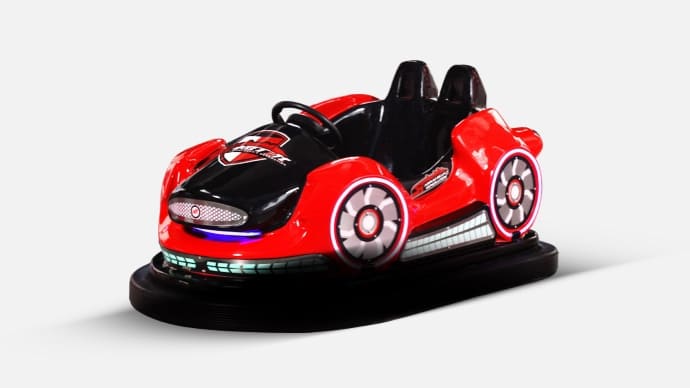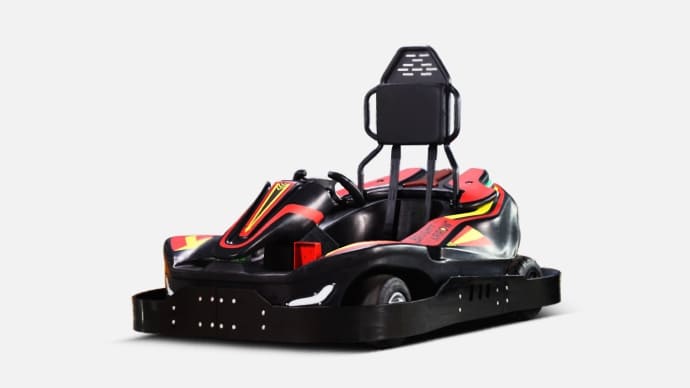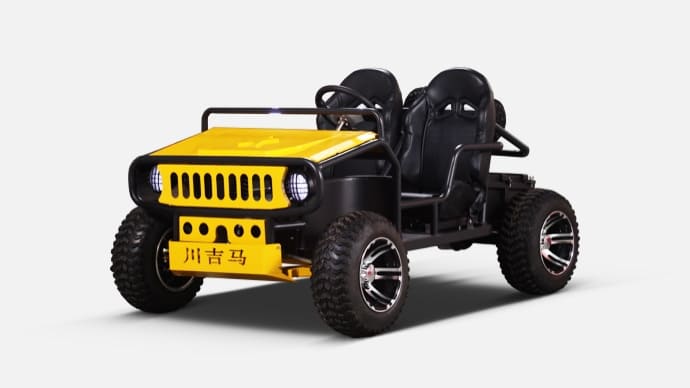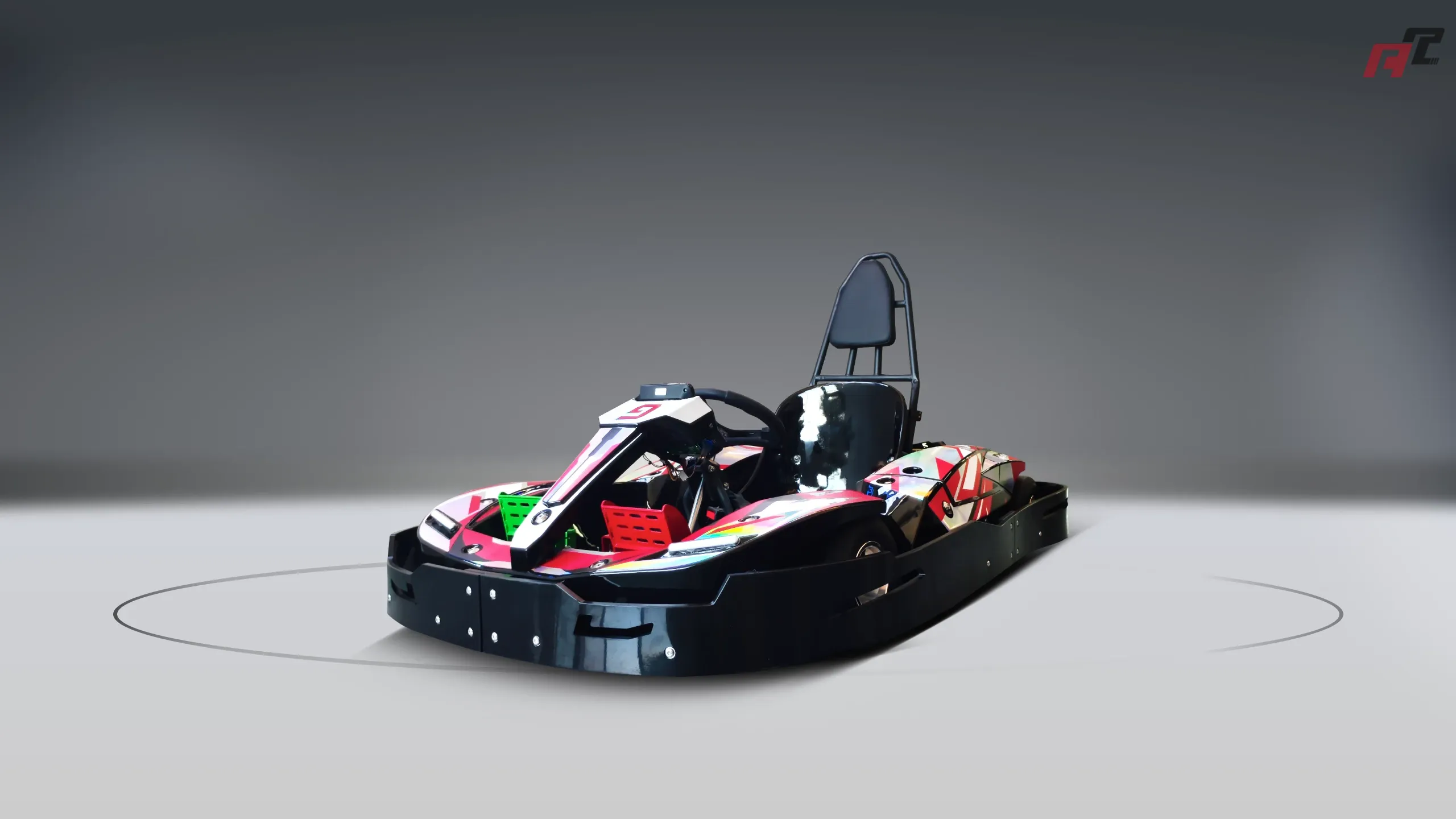can bumper cars cause concussion | ANCHI Guide
Explore the risk of concussion from bumper cars. Learn about contributing factors, safety tips, and symptoms to watch for. Prioritizing safety ensures a more enjoyable experience. Learn what to do if an injury occurs. Always prioritize safety on bumper cars to avoid injury. ANCHI
Can Bumper Cars Cause Concussion? Understanding the Risks
Bumper cars, a staple of amusement parks and fairs, offer exhilarating fun for people of all ages. However, like any activity involving potential collisions, the question arises: can bumper cars cause concussion? While generally considered a low-impact activity, the possibility of head injuries, including concussions, exists. This article explores the potential risks, factors influencing injury likelihood, and safety measures to minimize the chance of concussion while enjoying bumper cars.
What is a Concussion?
A concussion is a type of traumatic brain injury (TBI) caused by a bump, blow, or jolt to the head that causes the brain to move rapidly inside the skull. This sudden movement can stretch and damage brain cells. Concussions can result from any activity that involves forceful impacts, and while less common than in sports like football or hockey, they can occur in seemingly low-risk environments like bumper cars.
Are Bumper Cars Dangerous?
Bumper cars are designed for low-speed collisions. The cars themselves are typically surrounded by a rubber bumper to absorb impact. Modern bumper car rides are equipped with seatbelts, though these are often simple lap belts. While manufacturers and operators strive to create a safe environment, the inherent nature of bumper cars – intentionally colliding with other vehicles – means there is always a risk of injury.
Factors Influencing Concussion Risk in Bumper Cars
Several factors contribute to the risk of concussion on bumper cars:
- Speed and Impact Force: The higher the speed and force of the collision, the greater the risk of head injury.
- Size and Age of Riders: Smaller children are more vulnerable to injury than adults due to their less developed neck muscles and skeletal structure. Similarly, older adults may be at increased risk due to age-related fragility.
- Improper Restraints: A poorly fitted or unfastened seatbelt can increase the likelihood of head trauma during a collision.
- Pre-existing Conditions: Individuals with prior concussions or neck injuries are more susceptible to further injury.
- Ride Maintenance: Poorly maintained cars or riding surfaces can contribute to unsafe conditions.
What are the Symptoms of a Concussion?
It’s crucial to recognize the signs and symptoms of a concussion following a bumper car ride, especially in children. Common symptoms include:
- Headache
- Dizziness
- Confusion
- Nausea or Vomiting
- Blurred Vision
- Sensitivity to Light or Noise
- Difficulty Concentrating
- Memory Problems
- Loss of Consciousness (though not always present)
If you or someone you know experiences any of these symptoms after riding bumper cars, seek immediate medical attention.
How to Minimize the Risk of Concussion on Bumper Cars
While it’s impossible to eliminate the risk entirely, several precautions can significantly reduce the likelihood of concussion:
- Follow Ride Operator Instructions: Always adhere to the instructions provided by ride operators regarding seatbelt usage, height restrictions, and other safety guidelines.
- Ensure Proper Seatbelt Fit: Make sure the seatbelt is securely fastened and fits snugly across the lap.
- Avoid Excessive Force: While bumping is the main point, try to avoid extremely hard or direct head-on collisions.
- Consider Age and Physical Condition: Be mindful of the age and physical condition of riders. Younger children should be closely supervised, and individuals with pre-existing conditions should exercise caution.
- Report Any Concerns: If you notice any safety issues with the cars or the ride operation, report them to the ride operator immediately.
Are Bumper Cars Safe for Toddlers?
Bumper cars are generally not recommended for toddlers. The abrupt jolts and impacts can be too forceful for their developing bodies. Most amusement parks have height and age restrictions for bumper cars to prevent injuries. Always adhere to these restrictions.
Legal Considerations
Amusement park operators have a legal responsibility to provide a safe environment for their patrons. If an injury occurs due to negligence on the part of the operator (e.g., poorly maintained equipment, inadequate supervision), the injured party may have grounds for a personal injury claim. Consulting with a personal injury attorney is advised in such cases.
Conclusion
While bumper cars are a fun and entertaining amusement park ride, it's crucial to be aware of the potential risk of concussion. By understanding the factors that contribute to injury and taking appropriate safety precautions, you can minimize the risk and enjoy the ride more safely. Remember, prioritizing safety ensures a more enjoyable experience for everyone involved.














